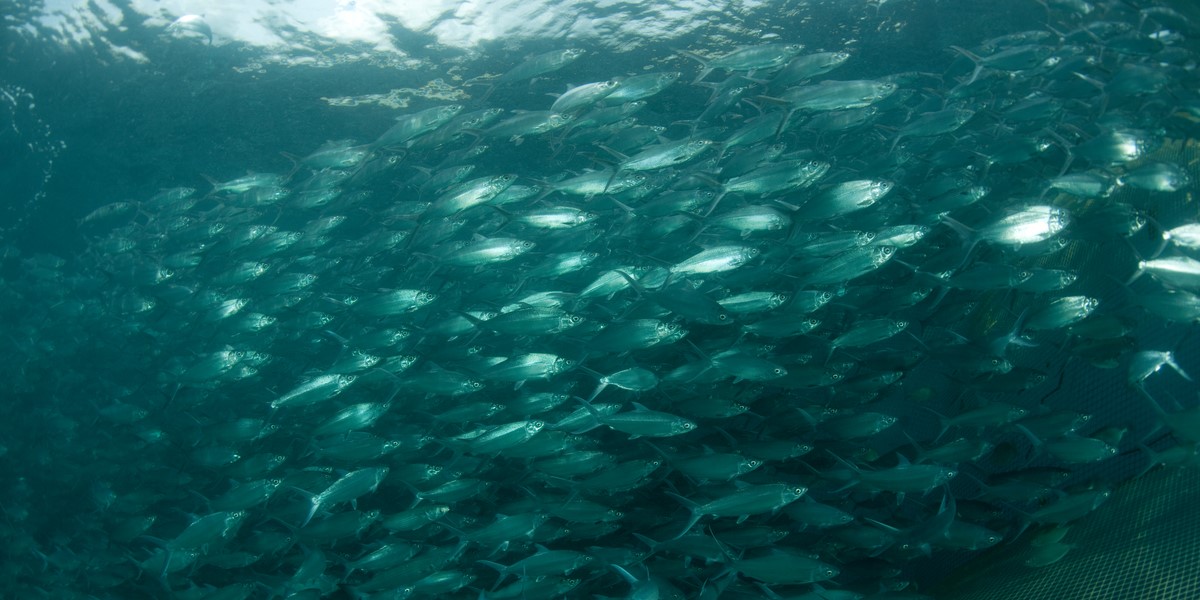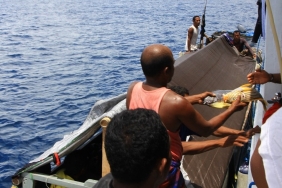IMPROVE FISHERIES MANAGEMENT WITH HARVEST CONTROL RULE
Improvement of fisheries management is urgent to maintain the nation's food security. In line with the Decree of the Minister of Maritime Affairs and Fisheries Number 45 of 2011 concerning Estimation of Fisheries Potential in Indonesia, it shows that Indonesia's fisheries stocks have reached the status of full catch and overfishing. The same thing was also said by the Chairman of the National Commission for the Assessment of Fish Resources (Komnaskajiskan), Dr. Abdul Gofar where in 2007 the KKP statistics first issued many red lights on fish species. This fact is certainly inversely proportional to the condition that has been known that Indonesian fish are abundant.
Harvest Control Rule (HCR) is one of the important tools in fisheries improvement management. Not only that, in some ecolabel certifications, one of which is Marine Stewardship Council (MSC), HCR is also required. Fish stocks can recover within a certain period of time if HCR rules are met, i.e. fishing takes into account the amount of effort and catch.
Workshop
Its urgent nature prompted Komnaskajiskan to immediately organize a workshop on methods for determining reference numbers and fishing control rules. The meeting of experts supported by WWF-Indonesia invited researchers from BPPL (Marine Fisheries Research Center) and P4KSI (Research Center for Fisheries Management and Conservation of Fish Resources) and academics from IPB, UNPATTI, UHO and UNDIP as well as the Directorate of Fish Resources from the Ministry of Marine Affairs and Fisheries. In addition to jointly reviewing the application of HCR for various fishery commodities, lessons learned on the application of HCR in East Flores were also presented at the workshop.
The experts' meeting on July 2-3, 2015, discussed fishing strategies and HCR simulation. HCR analysis using the parameters of the number of fish caught, the amount of effort, the biology and ecology of fish was discussed in depth to get the regulation of the number of fish caught or the amount of utilization effort in accordance with the carrying capacity of marine resources.
The maximum and minimum amount of allowable utilization combined with HCR will result in maximum and sustainable management of fish resources. This effort has been piloted in one of WWF's working areas in Larantuka for bait fish. As a pilot for improved fisheries management, follow-up HCR studies will be conducted with researchers and academics at predetermined locations, including the North Sea of Java, Bali Strait, Wakatobi, and Kei.
Author: Fajrina Nissa Utami (Marine Campaign and Social Media Assistant WWF-Indonesia)




